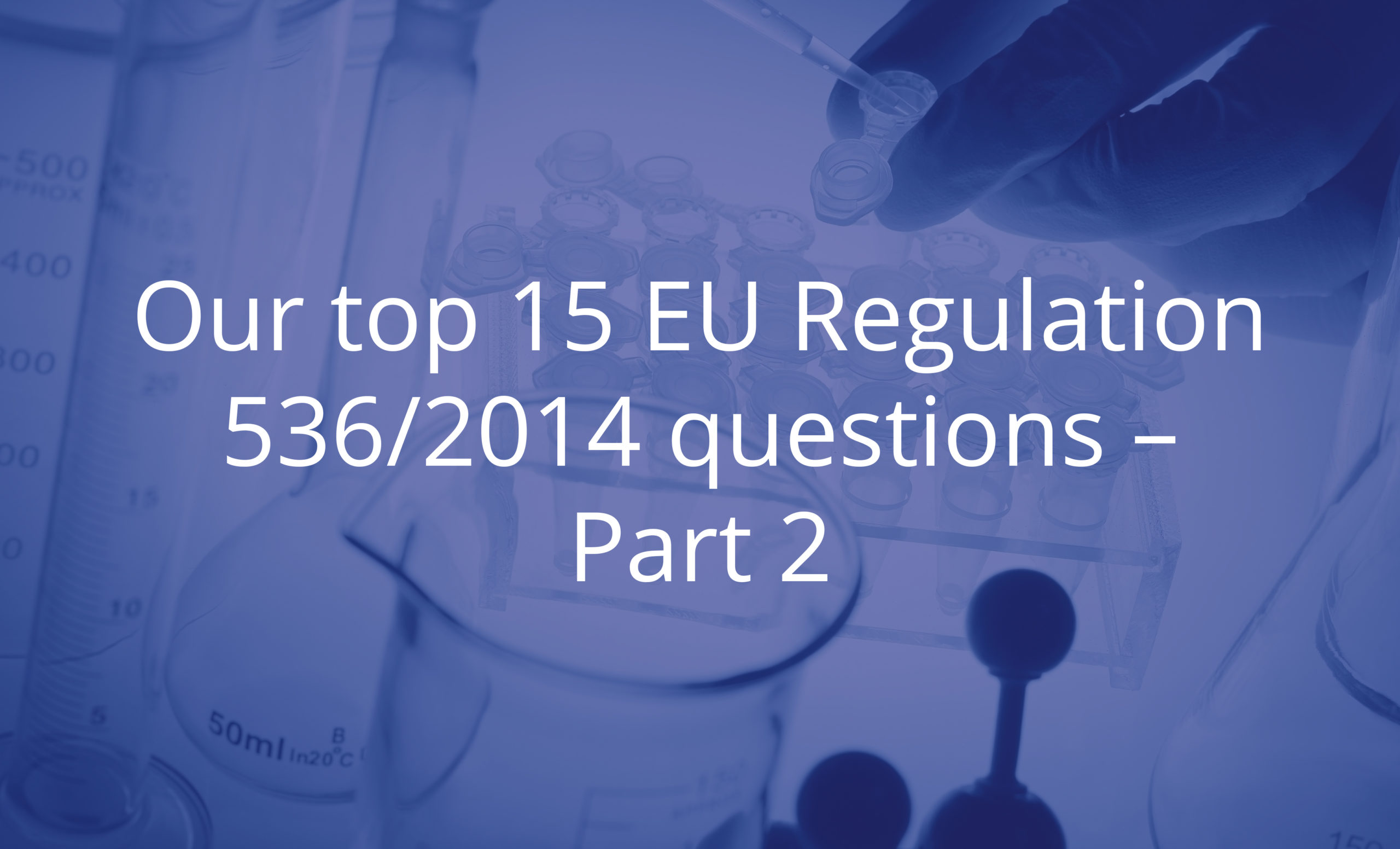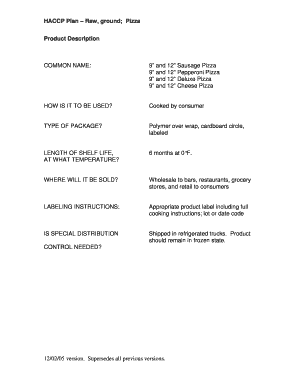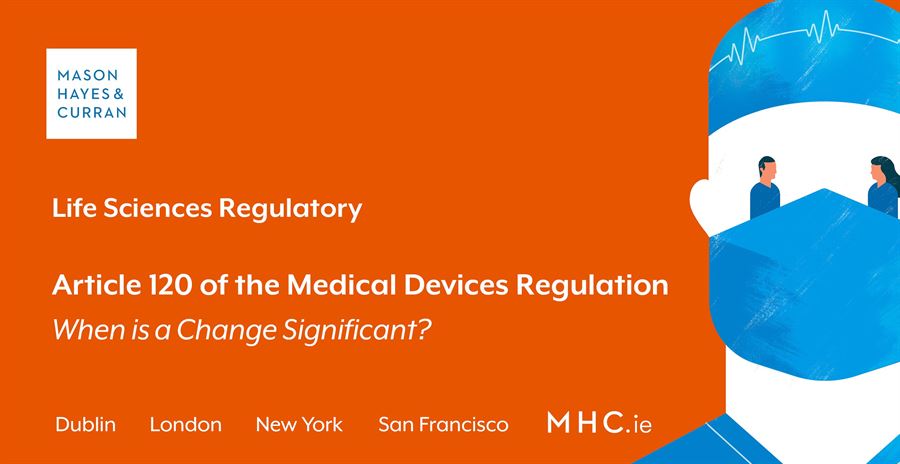Article 15 Regulation : What it is
Article 15 Regulation: What it is and How it Affects You Introduction: In today's world, regulations play a crucial role in maintaining order and protecting the rights of individuals and organizations. One such regulation is Article 15 Regulation, which encompasses various aspects of governance and ensures fair practices. In this article, we will delve deeper into what Article 15 Regulation stands for, its significance, and how it affects you as an individual or as a part of an organization. Understanding Article 15 Regulation: Article 15 Regulation is a legal provision that aims to address the challenges posed by asymmetric information and organizational structures. It provides guidelines and frameworks for the fair and transparent functioning of businesses and institutions, thereby fostering a conducive environment for economic growth and stability. Subheading 1: The Need for Regulation and Transparency In a rapidly changing world, the business landscape is constantly evolving. Asymmetric information, which occurs when one party possesses more knowledge than the other, can lead to imbalances and unfair practices. Article 15 Regulation addresses this issue by promoting transparency and equitable access to information across all sectors. Within the purview of Article 15 Regulation, organizations are required to disclose relevant information to their stakeholders, ensuring that individuals and entities have access to the necessary facts to make informed decisions. This level of transparency not only bolsters business integrity but also enhances consumer trust, leading to a healthier and more efficient marketplace. Subheading 2: Impact on Organizations For organizations, compliance with Article 15 Regulation is of paramount importance. It sets the standards for corporate governance, organizational structure, and decision-making processes. By adhering to these regulations, companies can ensure fair practices, reduce information asymmetry, and facilitate effective communication between stakeholders. Under Article 15 Regulation, organizations are obliged to establish internal controls and compliance mechanisms to detect and prevent any instances of misconduct. This not only safeguards the interests of shareholders but also protects the organization's reputation and credibility in the eyes of the public. Subheading 3: Individual Rights and Protection Article 15 Regulation also extends to the protection of individual rights. It ensures that individuals have access to accurate information about products, services, and employment opportunities. This empowers consumers to make informed choices, enabling them to safeguard their own interests. Moreover, Article 15 Regulation puts emphasis on protecting personal data and privacy rights. It sets guidelines for organizations collecting and processing personal information, ensuring that individuals' data is handled securely and responsibly. FAQ Section: Q1: What are the penalties for non-compliance with Article 15 Regulation? A1: Non-compliance with Article 15 Regulation can result in severe penalties, ranging from fines to legal actions. The exact consequences depend on the nature of the violation and the jurisdiction in which the organization operates. Q2: How can organizations ensure compliance with Article 15 Regulation? A2: Organizations can ensure compliance with Article 15 Regulation by establishing robust governance frameworks, implementing internal control systems, conducting regular audits, and promoting a culture of transparency and accountability. Q3: Does Article 15 Regulation apply to all industries? A3: Yes, Article 15 Regulation applies to all industries, regardless of their nature or size. Its primary objective is to create a level playing field and ensure fair practices across the entire business spectrum. Conclusion: Article 15 Regulation serves as a guiding principle for organizations and individuals alike, fostering transparency, integrity, and accountability. By adhering to this regulation, businesses can create an environment that is conducive to growth and innovation while protecting the rights and interests of stakeholders. In a world where information drives decision-making, Article 15 Regulation ensures that individuals have access to accurate and reliable information, enabling them to make informed choices. It also acts as a safeguard against unfair practices and protects personal data and privacy. By embracing the principles outlined in Article 15 Regulation, organizations can build trust, enhance their reputation, and contribute to the overall well-being of society. As individuals, we can take advantage of the protections offered by this regulation to make informed decisions that align with our values and aspirations. So, whether you are an organization shaping your internal policies or an individual making choices in the marketplace, Article 15 Regulation is a key reference point that paves the way for a fair and transparent future. Stay informed, stay compliant, and contribute to a better tomorrow.  Image Source : arkivum.com
Image Source : arkivum.com  Image Source : style.fashionblogblogger.com
Image Source : style.fashionblogblogger.com  Image Source : wesleychapelmagazine.com
Image Source : wesleychapelmagazine.com  Image Source : www.shwepannthee.video
Image Source : www.shwepannthee.video  Image Source : www.dochub.com
Image Source : www.dochub.com  Image Source : www.vrsiddhartha.ac.in
Image Source : www.vrsiddhartha.ac.in  Image Source : www.studocu.com
Image Source : www.studocu.com  Image Source : www.mhc.ie
Image Source : www.mhc.ie
Our Top 15 EU Regulation 536/2014 Questions – Part 2 - Arkivum
 Image Source : arkivum.com
Image Source : arkivum.com 30+ Marine Medium Reg Haircut | Fashion Style
 Image Source : style.fashionblogblogger.com
Image Source : style.fashionblogblogger.com Stone Crab Season Begins Oct. 15, Regulation Changes In Place | Wesley
 Image Source : wesleychapelmagazine.com
Image Source : wesleychapelmagazine.com regulation
Article 15 – Shwepannthee
 Image Source : www.shwepannthee.video
Image Source : www.shwepannthee.video Supplementary Action: Fill Out & Sign Online | DocHub
 Image Source : www.dochub.com
Image Source : www.dochub.com Exam Fee Notification For MCA I, III & V-Semesters (15 Regulation), MCA
 Image Source : www.vrsiddhartha.ac.in
Image Source : www.vrsiddhartha.ac.in Assignment Nos. 15 Regulation, Asymmetric Information And Organization
 Image Source : www.studocu.com
Image Source : www.studocu.com Article 120 Of The Medical Devices Regulation –… | Mason Hayes Curran
 Image Source : www.mhc.ie
Image Source : www.mhc.ie regulation devices sanitizers
Exam fee notification for mca i, iii & v-semesters (15 regulation), mca. Article 15 – shwepannthee. Stone crab season begins oct. 15, regulation changes in place. Article 120 of the medical devices regulation –…. Supplementary action: fill out & sign online